Cattlemen scrape by while processors reap the profit
The Mid America Stockyards in Bristow, Oklahoma, sits nearly empty as cattlemen bear the brunt of a troubling time in the agriculture industry on Thursday, April 23, 2020. Processors and packers seem to be the only ones profiting during COVID-19. Photo: Brooklyn Wayland, Gaylord News
Oklahoma cattle ranchers had been hoping this would be a banner year.
COVID-19 took care of that.
Now many of the ranchers and farmers across Oklahoma and the Midwest are praying they can just hang on until the economy rebounds.
While cattlemen may sow the seeds and harvest the crop, packers and processors are the only ones now reaping the profits.
Raising cattle has always been difficult. But prices plunged last August following a fire that shuttered one of the nation’s largest packing plants in Holcomb, Kansas and they were just starting to rebound when the pandemic came calling.
“That [the fire] caused a lot of price drops on the live animal side,” Cody Beach, owner of Beach Family Farms said. “With the whole economy slowing down and COVID-19 showing up, it’s just sent it even lower than it was before.”
Ranchers and farmers are now being forced to sell at an even lower rate than they would have in the fall.
Beach recalls the price of a cow fed out in a feed yard just a year ago at around $1.30 per pound. In August, the fire caused that to drop to $1.10 or $1.15. Today, it has dropped to approximately 90 cents per pound for a 1300-1500 lb. calf.
Cattlemen are losing as much as $300 to $400 per head, said Beach.
Rep. Frank Lucas (R-OK) and his wife Linda have long been in the cattle business themselves.
“I assure [Oklahoma cattlemen] — as I do at home when this topic comes up — I am very sensitive about what they are going through,” Lucas said. “Linda and I are cattle producers. We do take our product to the public sale barn; we don’t future contract… We are price takers just like most of my neighbors, so I am very sensitive about that.”
Melody Varner, President and Secretary for Varner and Varner Inc. says this is people’s livelihoods at stake and spoke to the reality of the small farmer.
“For some, selling a cow at the beginning of December is the entirety of their Christmas money,” Melody Varner said.
This huge price drop hasn’t been echoed on the consumer side. In fact, consumer prices for beef have risen exponentially.
Pokey Varner, livestock buyer for Varner and Varner Inc., said, “The real story is the gap between what we, as consumers, pay in grocery stores, in retail markets, in restaurants… and what the beef producers are being paid is a tragedy really.”
There are four major packing companies one can sell to: Minneapolis-based Cargill Inc., JBS USA Holdings Inc., Tyson Foods Inc. and National Beef Packing.. Because of that, those organizations have the ability to control the market.
“Those of us out here producing the product seem to be losing quite significantly and seem to be solely working for them [packers and producers] and at the end of year are just thankful to have just gotten by all while the processing industries have made multiple millions of dollars,” Pokey Varner said.
Lucas has recently filed the Agricultural Security Risk Review Act to address the foreign ownership of meat packing facilities in major agricultural industries. He believes this will benefit the livestock industry and is even planning on filing more legislation in support of the agriculture community.
The USDA also announced another plan of action to help relieve some of the struggles farmers and ranchers are facing in the Coronavirus Food Assistance Program which is a $19 billion relief program.
While the details have not all been released, Lucas was confident with what was put into the CARES Act and the food assistance program, it will help the producers in the cattle, dairy, hog and crop industries. Lucas has faith the “USDA will move heaven and earth” to get this relief money out in the next four to five weeks.
Lucas says the next steps are putting all efforts into reviving the market.
“The single greatest thing we can do is get the economy going again,” Lucas said. “We must get COVID-19 under control, we need to get the restaurants open and we need to get people back to where they are all working and can afford the food they need everyday. That demand will address and stabilize.”
Gaylord News is a reporting project of the University of Oklahoma Gaylord College of Journalism and Mass Communication.
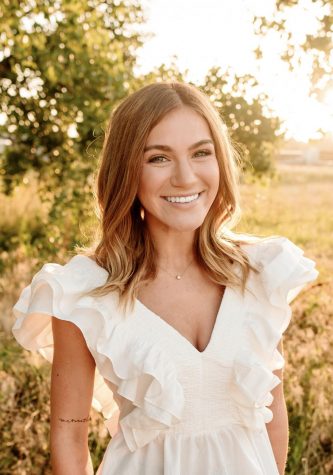

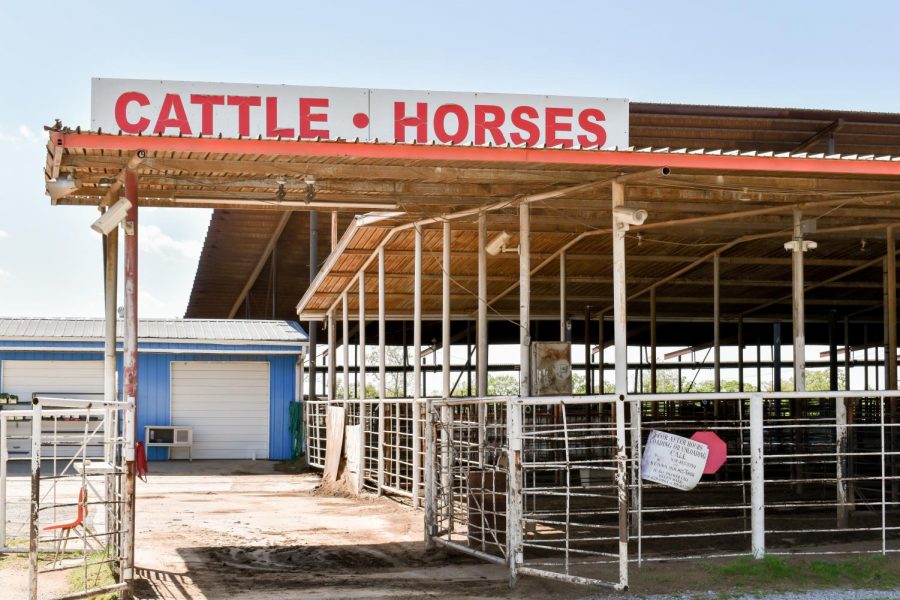
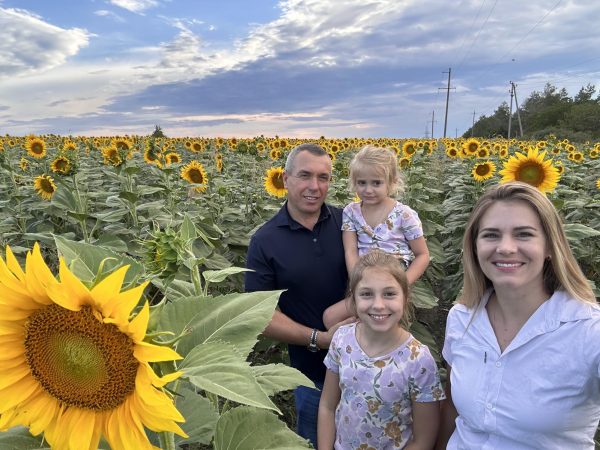
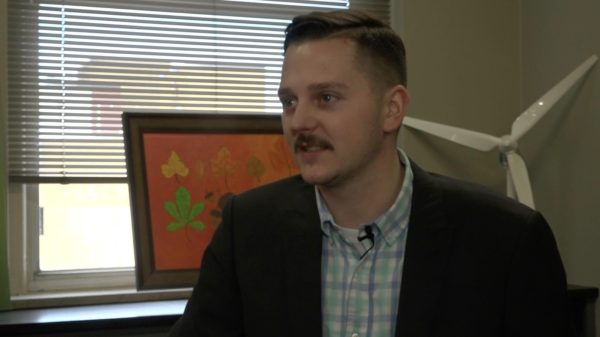
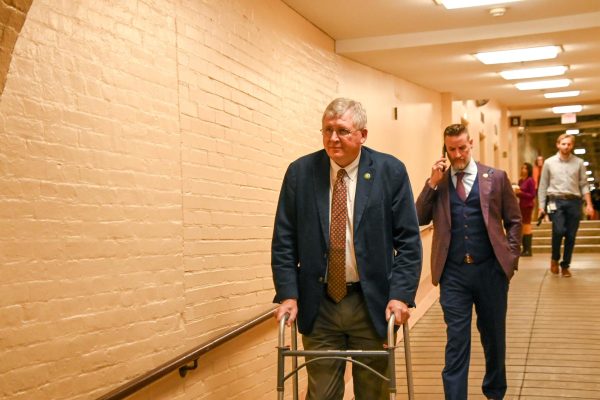
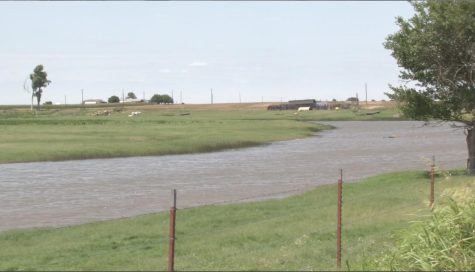
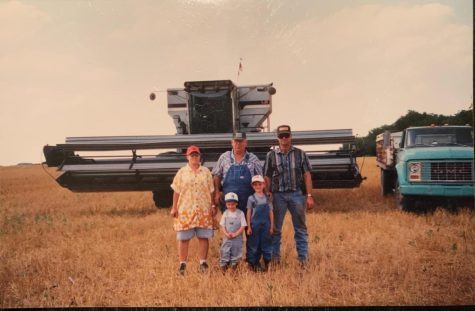
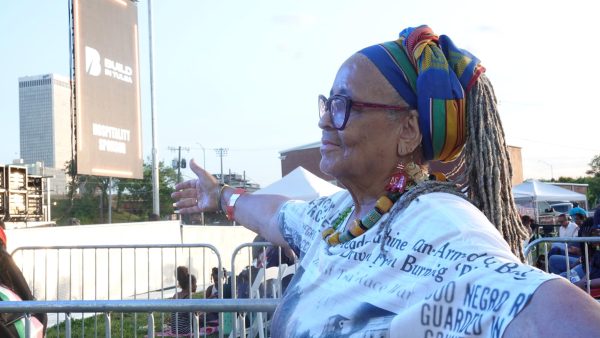
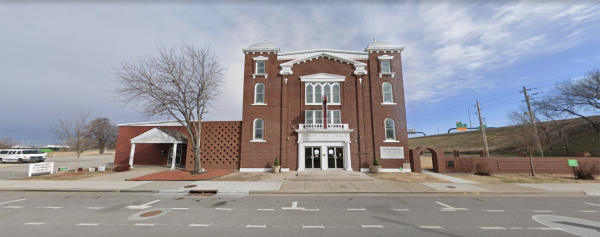
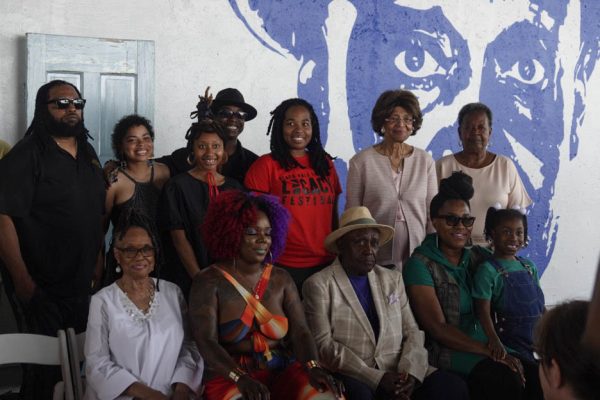
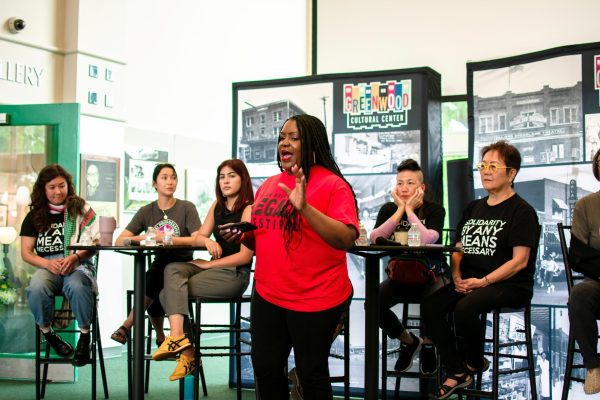

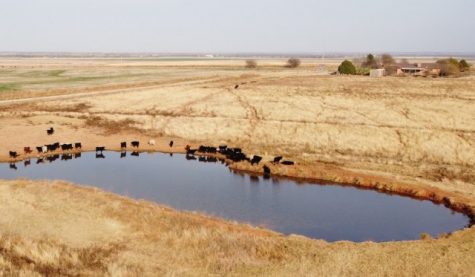

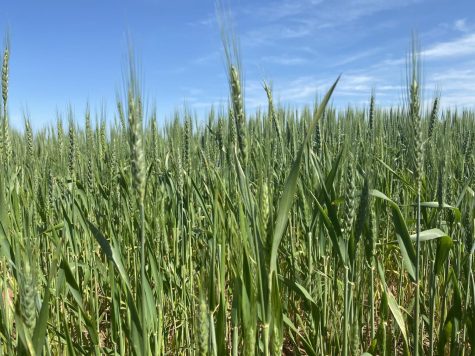
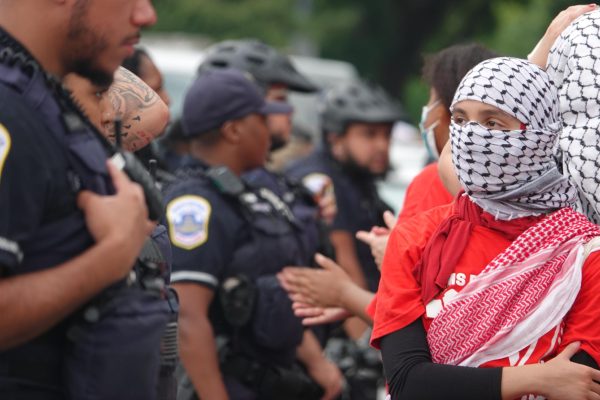
Debie Kovarik • May 5, 2020 at 9:16 am
We need rancher owned packing houses like a coop. No more foreign owned packers!
Tom Bagnell • Apr 25, 2020 at 9:16 am
It is time for the market and our representatives to understand what will happen to all aspects of Life in this great country if agricultural producers are left to die a slow economic death. Is the USA consumer ready to buy all agricultural products from foreign suppliers. We need to rethink those consequences.
Steven Baber • Apr 24, 2020 at 4:26 pm
We run around 400 momma cows and around 2400 steers on wheat ever year , Now the cattle prices drop where we are going to loose money in our Cow Calf crop and are steers are going to loose about 250 apiece , We can feed them till about the 10 of May and we will have to sale and loose money and there’s know way can make it another year , Cattle Prices drop and our Wheat froze out so we will go broke and have to sale what my Grampa started 60 + years ago , I pray ever night for a change !!!!
Brenda Welch • Apr 24, 2020 at 10:53 am
These laws need to protect our farmers & ranchers
Ben Hale • Apr 24, 2020 at 6:05 am
19 billion is not even a bandaid for a gushing artery. We didn’t get anything for the fire in August. It’s time to bust up the packers.
Linda Bouziden-Lackey • Apr 24, 2020 at 4:59 am
This problem is not a new one. The packers have been manipulating the market for years, and the price never drops at the consumer level. We are losing our family farms and ranches and who will be there to produce your food?! If Americans don’t want eat imported beef there better be some help soon. Yes China does have their finger in the pie as well. Look up and see who owns the big 4 or 5 big packers.
bill Smallwood • Apr 23, 2020 at 11:12 pm
The packers have a huge advantage over USA producers Mandatory labeling of all beef foreign or US would allow the consumers to buy the better quality beef they want and deserve The hogs and chickens can be raised in confinement but the yearlings can’t. The packers and consumers will be dependent on foreign beef if the American farmers and ranchers can’t survive!!!